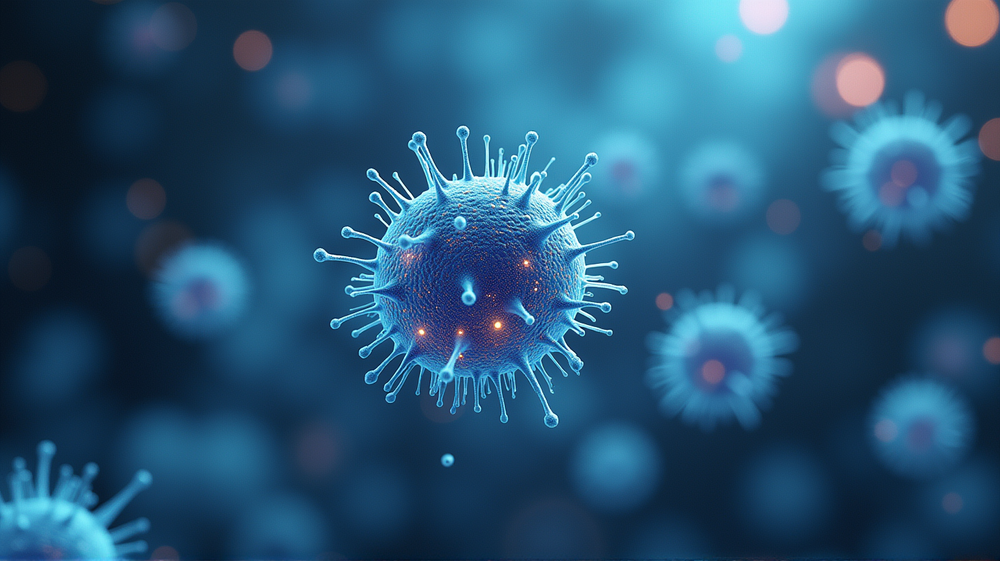Unexpected Ally: How Antibiotics Fuel E. coli's Energy Crisis
In a surprising twist, antibiotics, meant to obliterate bacterial infections, might be lending a helping hand to some microbes. A groundbreaking study conducted by Rutgers Health brings to light the astonishing metabolic changes that ciprofloxacin, a widely-used antibiotic for urinary tract infections, triggers in Escherichia coli (E. coli). This unexpected revelation could change the way we approach antibiotic treatments globally.
Energy Struggles Within Cells
“Antibiotics can actually change bacterial metabolism,” divulges Barry Li, a dedicated researcher and the first author of the enlightening paper published in Nature Communications. The study delves into how ciprofloxacin throws E. coli into a state of energy crisis, emphasizing the unexpected result that bacteria do not just slow down—instead, they ramp up their metabolism in a survival frenzy.
Metabolic Response: Friend or Foe?
Instead of succumbing to the intended energy collapse, the bacteria accelerate their respiration, creating an energetic chaos that spews reactive-oxygen molecules capable of causing considerable DNA damage. Surprisingly, this state of bioenergetic stress not only helps E. coli survive but expedites its path towards antibiotic resistance. According to Technology Networks, ten times as many stressed cells survived in tests compared to their unstressed counterparts, hinting at a potential epidemic issue.
A Fast-Tracked Resistance
The study’s investigators, including senior author Yang, noticed that E. coli cycled through escalating ciprofloxacin doses reached resistance thresholds significantly faster due to metabolic stress. This acceleration aligns with an alarming increase in the mutation rates, attributed to oxidative damage and error-prone repairs in the cells’ DNA.
Rethinking Antibiotic Strategies
Revolutionizing antibiotic development and use becomes paramount as recent results hint at reevaluating our approach:
- Screen for Side Effects: Understanding the unintended energy-drain consequences of candidate antibiotics.
- Pairing with Boosters: Introducing anti-evolution additives to existing drugs to block stress pathways.
- Reassessing Dosing Strategies: Foregoing the instinct to use highest doses which might paradoxically strengthen bacteria.
The Road Ahead: Turning Crisis Into Achilles’ Heel
“There’s a new light on a growing global threat,” warns Yang, highlighting the importance of understanding metabolic fallout from treatments that inadvertently feed antibiotic resistance. As resistance contributes to over 1.27 million deaths annually, Li and Yang are fervently working towards compounds that could transform this biophysical predicament into a vulnerability rather than a fortification.
The findings of this study open doors for a myriad of game-changing strategies, from screening antibiotics for unpredictable metabolic impacts to exploring new therapeutic combinations—a promising step towards preserving the efficacy of antibiotics in the long run.




